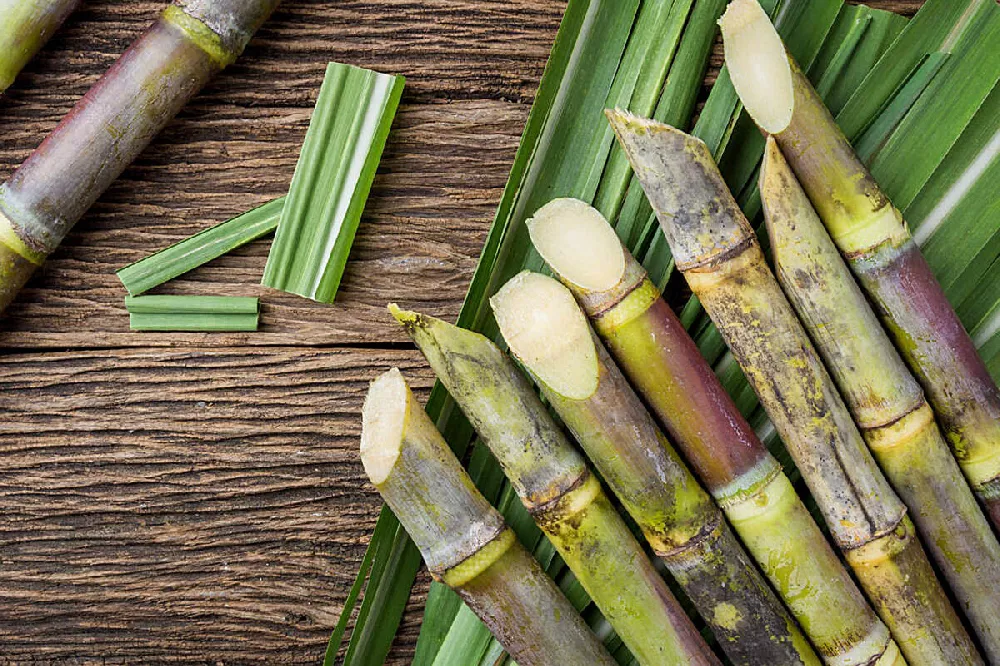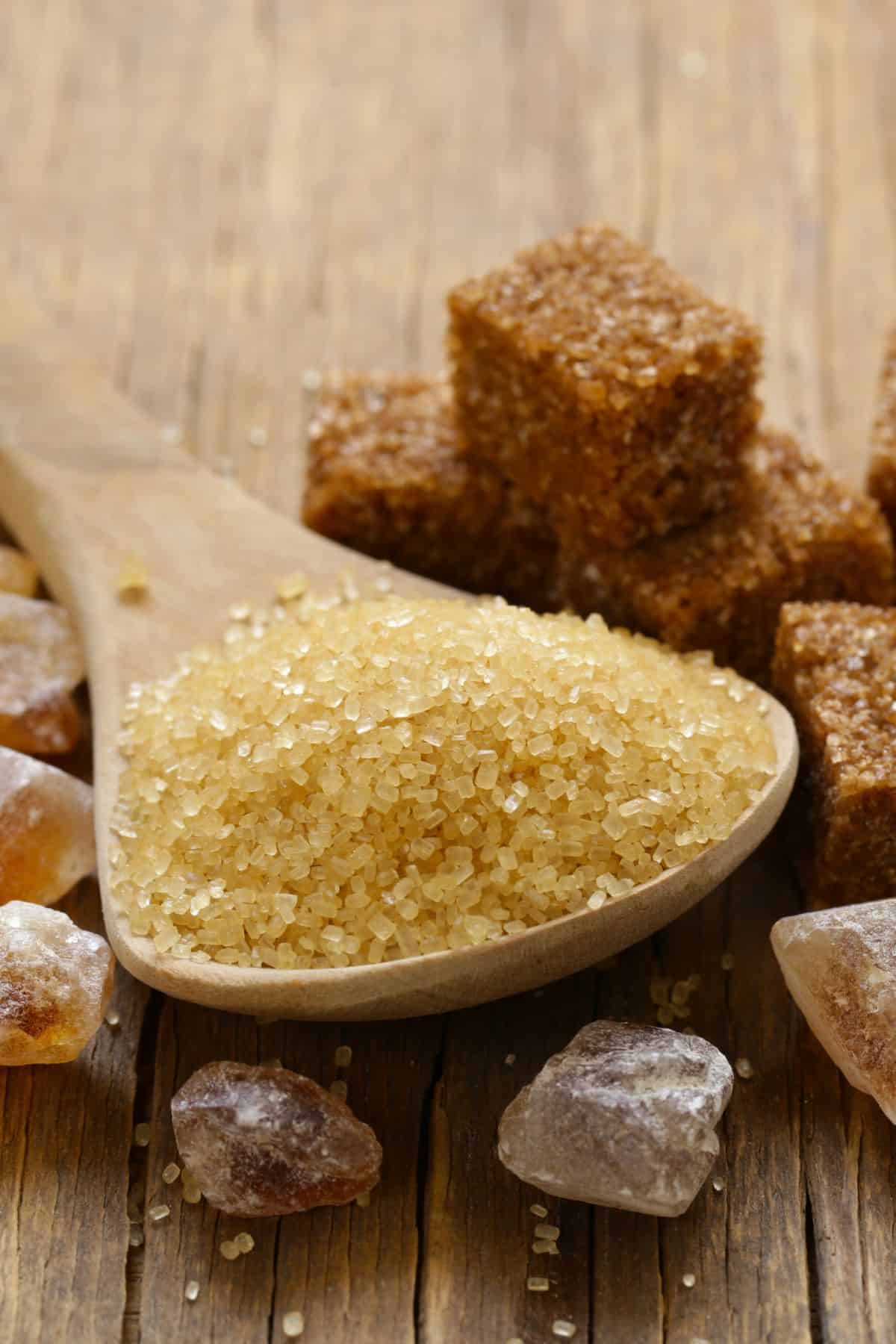Efficient Cane Sugar Processing: Maximizing Yield and Purity
Efficient Cane Sugar Processing: Maximizing Yield and Purity
Blog Article
A Comprehensive Overview to the Environmental Effect and Sustainability Practices in Cane Sugar Handling
The environmental effect of walking stick sugar handling provides a complex range of challenges that warrant mindful evaluation. From soil destruction and extreme water use to the carbon footprint associated with growing and production, the effects of conventional techniques are far-ranging. What certain practices can be carried out to strike an equilibrium in between performance and ecological stewardship?
Review of Cane Sugar Handling
Walking cane sugar processing entails a collection of methodical steps that transform sugarcane into refined sugar. Originally, gathered sugarcane is transferred to processing centers, where it undertakes cleansing to get rid of dirt and particles. Following this, the walking stick is crushed to extract juice, which is then cleared up by eliminating pollutants through heating and the addition of lime.
The cleared up juice undertakes dissipation, where water is gotten rid of to concentrate the sugar material. These crystals are separated from the continuing to be syrup utilizing centrifugation, resulting in raw sugar.
The end product is after that dried out and packaged for circulation. Throughout this entire procedure, maintaining performance and top quality control is necessary to make certain the sugar satisfies sector standards. Each action in cane sugar processing not just adds to the final product however additionally has effects for resource usage and waste generation, establishing the stage for discussions on sustainability and ecological effects connected with sugar manufacturing.
Environmental Challenges of Production
The production of cane sugar presents numerous considerable environmental challenges that warrant interest. One main problem is the substantial use of agrochemicals, including pesticides and plant foods, which can bring about soil destruction, biodiversity loss, and contamination of local water sources. The overflow from sugarcane areas commonly lugs these chemicals into close-by communities, interfering with marine life and impacting the health of communities reliant on these water bodies.
An additional challenge is the high energy intake related to sugarcane processing. The boiling and refining phases need significant warm, mostly produced by melting fossil gas, adding to greenhouse gas emissions. Furthermore, the expansive acreage required for sugarcane farming can result in logging and environment destruction, further exacerbating climate change and threatening wildlife.
Moreover, the labor methods in some areas raise moral problems, as employees might deal with poor working conditions and inadequate earnings. This circumstance frequently perpetuates a cycle of destitution in neighborhood neighborhoods. Cane Sugar Processing. Dealing with these ecological obstacles is important for establishing much more sustainable methods in walking stick sugar production, eventually profiting both the atmosphere and the areas involved in this industry
Water and Land Use Effect
Water sources and land usage are critical components in the walking stick sugar sector that dramatically influence the environment. The cultivation of sugarcane calls for significant water input, with estimates suggesting that it can consume approximately 2,000 litres of water per kilogram of sugar created. This extensive usage of water often causes exhaustion of regional water resources, influencing not just the sugarcane haciendas but also bordering ecosystems and areas that rely upon the very same water resources for agriculture and domestic use.

In addition, land usage for sugarcane growing can result in logging and the conversion of natural environments into monoculture ranches. This technique reduces biodiversity, interferes with regional ecosystems, and adds to soil deterioration. The growth of sugarcane areas commonly intrudes on beneficial agricultural land, developing competitors for resources between food and biofuel production.
Sustainable methods, such as maximizing irrigation methods and carrying out plant turning, are important to reduce these effects. By embracing much more efficient water usage and land administration approaches, the walking cane sugar industry can decrease its eco-friendly footprint, guaranteeing an equilibrium in between farming performance and ecological conservation.
Greenhouse Gas Emissions
Greenhouse gas exhausts represent a significant environmental problem within the walking stick sugar processing market, specifically as agricultural techniques expand to fulfill global demand. The growing of sugarcane, a plant that prospers in tropical climates, depends heavily on artificial plant foods and pesticides, which add to laughing gas exhausts. Additionally, land-use changes, consisting of logging for brand-new sugarcane vineyards, release carbon dioxide stored best site in plant life and soil.
Throughout processing, energy consumption is one more major resource of greenhouse gas discharges - Cane Sugar Processing. Several sugar mills make use of fossil fuels to power equipment and create heat, causing significant carbon impacts. Moreover, the transportation of raw sugarcane and finished products includes layers of exhausts via fuel combustion in vehicles
This involves reviewing current agricultural practices, refining techniques, and transport systems to determine locations for improvement and reduction. Attending to greenhouse gas exhausts is essential for fostering a much more lasting walking cane sugar industry in an altering climate.

Sustainable Practices and Innovations
Sustainable practices and technologies are significantly important in the walking stick sugar processing industry as stakeholders look for to reduce ecological impacts while keeping performance. One considerable improvement is the application of incorporated plant monitoring, which maximizes source usage by incorporating dirt administration, parasite control, and crop rotation techniques. This strategy improves return while decreasing chemical inputs and maintaining soil health and wellness.
In addition, the fostering of sustainable energy sources, such as biomass from sugarcane residues, has actually gained grip - Cane Sugar Processing. By transforming waste products into energy, refining centers can decrease their reliance on fossil fuels, thus reducing greenhouse gas discharges
Water administration techniques have actually also seen renovations with the recycling and reusing of water in handling plants, dramatically minimizing freshwater intake. Innovations in innovation, such as accuracy farming, allow farmers to check crop health and wellness and source usage a lot more effectively, guaranteeing sustainable growing techniques.
Additionally, qualification programs like Fair Profession and Jungle Partnership urge eco liable farming methods and advertise social equity within the supply chain. By welcoming these lasting practices and technologies, the walking stick sugar handling sector can improve its strength and add positively to ecological stewardship.
Final Thought
The environmental influence of walking cane sugar handling presents considerable obstacles, consisting of dirt deterioration, high water consumption, and greenhouse gas emissions, along with moral problems connected to labor practices. Resolving these problems with sustainable methods, such as incorporated plant monitoring, sustainable power adoption, and water recycling, is necessary. By promoting ecologically responsible and socially fair methods in sugar manufacturing, the sector can minimize its damaging results, ensuring a much more lasting future for both areas and ecosystems associated with this industry.
Walking stick sugar processing involves a series of systematic actions that change sugarcane into polished sugar. Each step in walking cane sugar handling not only adds to the final product yet additionally has implications for resource usage and waste generation, setting the phase for discussions on sustainability and ecological impacts associated with sugar production.
Greenhouse gas discharges stand for a significant environmental problem within the cane view it sugar processing industry, specifically as agricultural practices broaden to fulfill worldwide demand.Lasting practices and developments are significantly important in the cane sugar processing industry as stakeholders seek to reduce environmental effects while preserving efficiency.The environmental effect of cane sugar handling offers substantial obstacles, consisting of soil degradation, high water usage, and greenhouse gas emissions, together with honest issues related to labor over at this website techniques.
Report this page